Key Takeaways
- Multi-purpose gardening tools save space and money.
- Hand tools like a hori-hori knife and pruners help with precision tasks.
- Long-handled tools make digging, leveling, and moving dirt easier.
- Gardening safety gear prevents injuries and fatigue.
- Proper storage and maintenance keep garden tools in good shape for years.
What Gardening Tools Do I Need?
It’s important to have the basics for safety and efficiency when starting out. You’ll need a sturdy shovel for digging, a hand rake to level soil, pruning shears for trimming, and gardening gloves for protection. A hori-hori knife is also helpful for weeding and planting, while safety glasses protect your eyes from debris. These tools ensure you’re ready for most gardening tasks while staying safe.
Before buying any tools, make sure you know exactly which ones you need for your tasks. You should also check the store’s return policy, and focus on quality, comfort, and getting the best value for your money.
1. Hori-Hori Knife: The Ultimate Multi-Tasker
The hori-hori knife is a game-changer. Originally from Japan, this tool digs, cuts, and weeds, making it one of the most versatile gardening tools out there. It’s like the Swiss army knife of the garden!
Use it to:
- Dig up weeds — roots and all.
- Cut through tough roots and sod.
- Measure planting depth with a built-in ruler.
- Harvest root vegetables like carrots and potatoes.
What to look for: A stainless steel blade for strength and sharpness, and a rubber grip for comfort during use. Some models have a built-in ruler for precise planting.
Price range: $15 - $60, depending on brand and material quality.
2. Hand Pruners: Essential for Precision Cutting
Hand pruners are a must if you have roses, shrubs, or small trees. They help keep plants healthy and well-shaped by cutting away dead or overgrown stems.
Use it to:
- Trim branches and stems for a cleaner, healthier plant.
- Cut away dead or overgrown parts of shrubs, small trees, and roses.
What to look for: Sharp, sturdy blades for clean cuts, a comfortable grip to reduce hand fatigue, and bypass pruners for live plants or anvil pruners for dead wood.
Price range: $15 - $50, based on blade material and ergonomic design.
3. Hand Rake: A Mini Powerhouse for Your Soil
A hand rake is a must-have for working in tight spaces and fine-tuning your garden beds.
Use it to:
- Break up compacted soil.
- Remove small weeds and debris from your garden beds.
- Loosen soil before planting.
What to look for: A metal rake (stronger than plastic) with durable tines and a comfortable handle.
Price range: $10 - $40, depending on material and quality.
4. Bow Rake: A Heavy-Duty Workhorse
A bow rake is your go-to tool for leveling soil, spreading mulch, and removing rocks. It’s sturdier than a leaf rake, making it a must-have for prepping garden beds.
Use it to:
- Break up clumps of dirt.
- Spread compost, mulch, or gravel.
- Smooth out the ground before planting.
What to look for: A durable fiberglass handle and strong, metal tines for efficient spreading and leveling.
Price range: $10 - $50, depending on quality and handle material.
5. Digging Fork: The Secret to Healthy Soil
A digging fork is essential for turning over compacted soil and mixing in compost. Its sturdy tines dig deep without disturbing beneficial microbes in the soil.
Use it to:
- Loosen soil before planting.
- Mix in compost and fertilizers.
- Lift and divide perennials.
What to look for: Strong, sharp tines and a D-shaped handle for better control.
Price range: $15 - $35, with higher-end models offering better durability and comfort.
6. Round-Headed Shovel: A Garden Must-Have
A round-headed shovel is one of the most important tools for moving dirt.
Use it to:
- Dig holes, move soil, and plant trees or shrubs.
- Slice through tough roots or weeds.
What to look for: A sharp, sturdy blade and a fiberglass or hardwood handle for durability. Ensure it has a comfortable grip to reduce hand strain.
Price range: $15 - $40, depending on materials and brand.
7. Safety Glasses: Protect Your Eyes
Flying dirt, debris, and small branches can be hazardous when working in the yard. A good pair of safety glasses will keep your eyes safe while trimming or digging.
Use it to:
- Protect your eyes from flying debris, dirt, and dust while mowing, trimming, or pruning.
What to look for: UV protection, a comfortable, adjustable fit, and durable lenses that won’t fog up.
Price range: $10 - $25, with some models offering anti-fog lenses.
8. Gardening Gloves: Keep Your Hands Safe
Gardening gloves protect against thorns, blisters, and dirt. A good pair should be flexible yet durable.
Use it to:
- Protect your hands from thorns, sharp tools, and dirt.
- Prevent blisters and cuts during gardening tasks.
What to look for: Reinforced fingertips for extra protection, breathable fabric to keep hands cool, and a snug fit for better grip.
Price range: $10 - $30, depending on the material and reinforcement.
9. Knee Pads: Save Your Knees
Kneeling on hard ground can be tough on your joints. A pair of knee pads provides extra comfort, especially for long gardening sessions.
Use it to:
- Protect your knees when kneeling on hard or uneven ground during gardening tasks.
What to look for: Thick padding for comfort, adjustable straps for a secure fit, and a lightweight design for ease of movement.
Price range: $10 - $30, depending on padding and material quality.
Tip: If you don’t like knee pads, consider using a garden kneeling pad instead.
How Should I Store and Maintain Gardening Tools?
Taking care of your tools keeps them working well for years. You can do this by ensuring proper storage, frequent cleaning, and adequate maintenance, such as sharpening your blades. Using the right tools for the tasks and handling them according to their instructions is also essential.
- Hang long-handled tools on a peg rack to prevent damage.
- Store small tools in a garden tote or apron for easy access.
- Clean tools after each use to prevent rust and dirt buildup.
- Regularly sharpen blades (pruners, shovels, and hori-hori knives) for better performance.
- Oil metal parts after cleaning to protect them from moisture.
- Sand the rough spots on the wooden handles and apply a coat of linseed oil.
- Keep all tools in a dry, well-ventilated area to prevent moisture buildup.
- Follow manufacturer guidelines to ensure optimal performance.
- Don’t force tools into tasks they’re not designed for to avoid damage.
- Regularly inspect tools for wear and tear to keep them in good condition.
- Wash and maintain safety gear to ensure they stay effective and last longer.
How To Stay Safe While Gardening?
Gardening can be rewarding and enjoyable, but staying safe while working outdoors is important. Improper positions, inadequate gear, and neglecting sun protection are just a few factors that can lead to injuries and accidents. To ensure a safe gardening experience, keep these safety tips in mind:
- Maintain proper posture: Avoid bending or twisting in awkward positions to prevent back and muscle strain.
- Stretch your body: Warm up before gardening and take breaks to stretch your muscles, especially if you’re in one position for a long time.
- Wear protective gear: Use sturdy gloves to prevent cuts, protective glasses to shield your eyes from debris, and durable shoes to protect your feet.
- Use knee pads: Protect your knees when kneeling for extended periods to avoid discomfort and injury.

- Protect yourself from the sun: Wear sunscreen, a hat, and protective clothing to prevent sunburn and UV damage.
- Inspect tools regularly: Ensure your tools are in good condition to avoid accidents from faulty equipment.
- Stay hydrated: Gardening can be physically demanding, especially in hot weather, so drink plenty of water to stay hydrated and prevent heat exhaustion.
- Check the weather: Be mindful of the weather conditions, such as high winds or storms, which could make gardening more dangerous.
- Properly store tools: Ensure tools are safely stored when not in use to prevent tripping or accidents.
- Mind your surroundings: Be aware of uneven ground, rocks, or other obstacles in your garden that could cause tripping or accidents.
- Avoid overexertion: Take regular breaks to prevent fatigue, which can lead to accidents or mistakes.
- Be cautious with chemicals: If using pesticides or fertilizers, wear protective gloves and masks, and ensure you use them in a well-ventilated area.
- Use ergonomic tools: Look for tools designed to reduce strain on your body, especially if you have pre-existing joint or muscle issues.
Conclusion
Gardening is much easier when you have the right tools. Investing in high-quality, multi-purpose tools and proper protective gear can save you time and effort while keeping you safe. Essential yard tools include items like a hori-hori knife and hand pruners, as well as dirt-moving tools such as a shovel and digging fork.
PS: If you're looking for gardening gifts for women, any of these essential yard tools make fantastic presents.
FAQ
What is the most used gardening tool?
The hand trowel is one of the most commonly used gardening tools. It's ideal for planting, digging, and transferring soil in small areas.
What is the best weeding tool for old people?
A long-handled weeder or stand-up weed puller is best, as it reduces bending and strain. Ergonomic grips and lightweight materials also make it easier on joints.
What tools make gardening easier?
Tools like ergonomic hand tools, raised beds, kneeling pads, and self-watering planters help reduce effort. Wheelbarrows and garden carts also make moving soil or plants easier.
What is the most common mistake of first-time gardeners?
Overwatering is a frequent mistake among beginners. Many also plant in the wrong spot without checking for proper sunlight and soil conditions.
















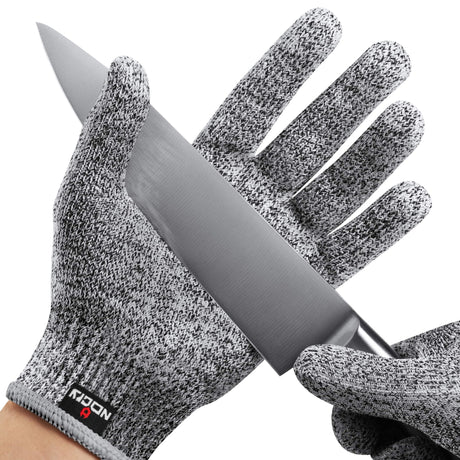
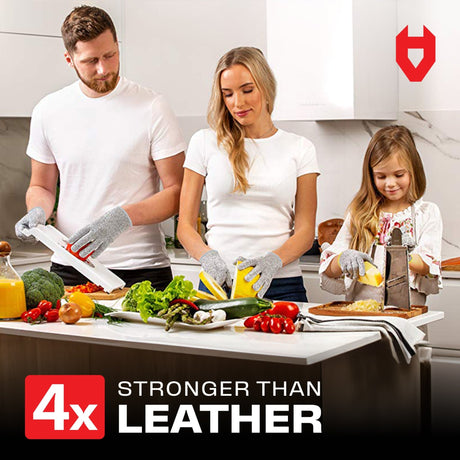
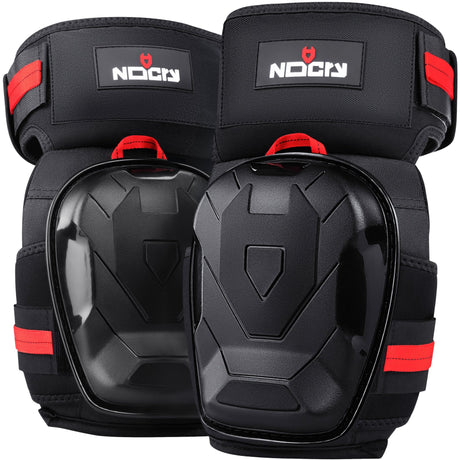
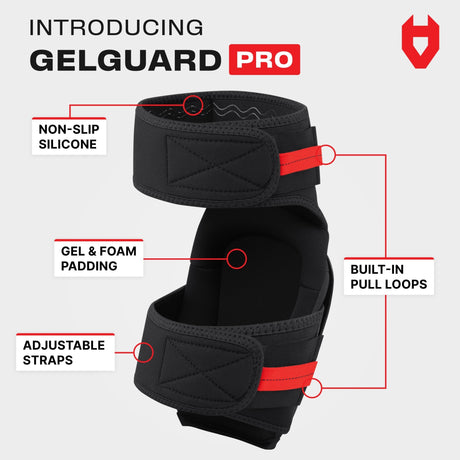
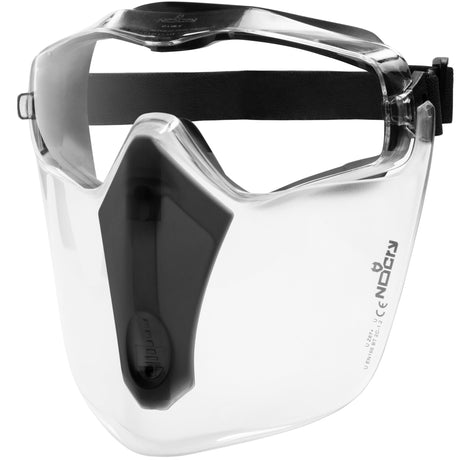
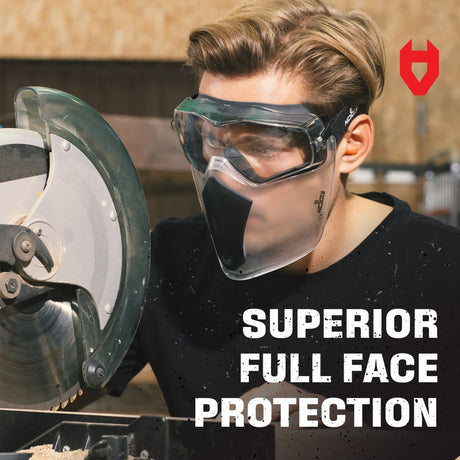
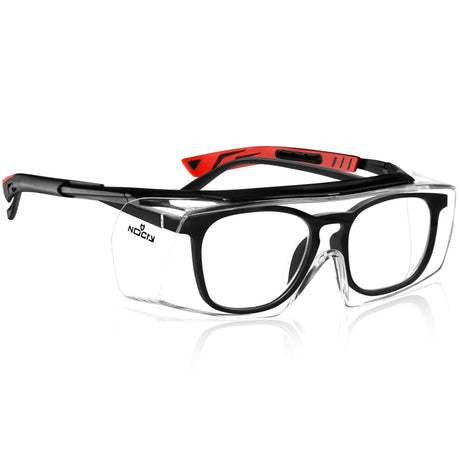
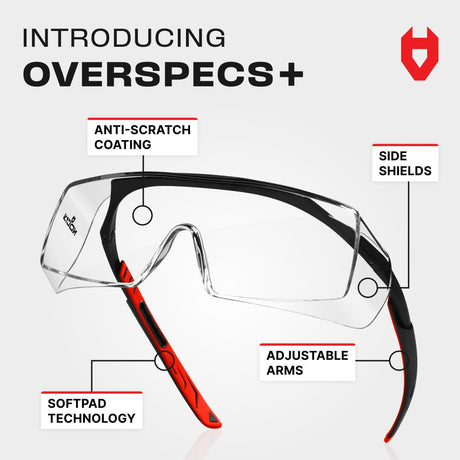


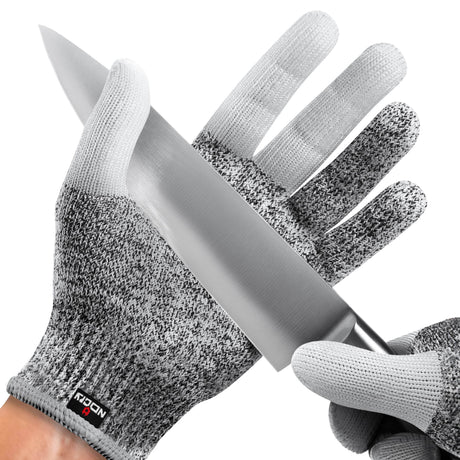
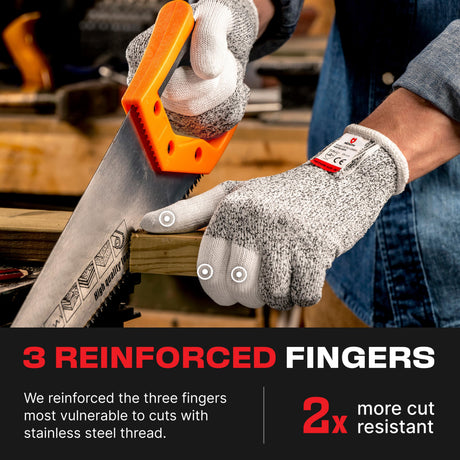
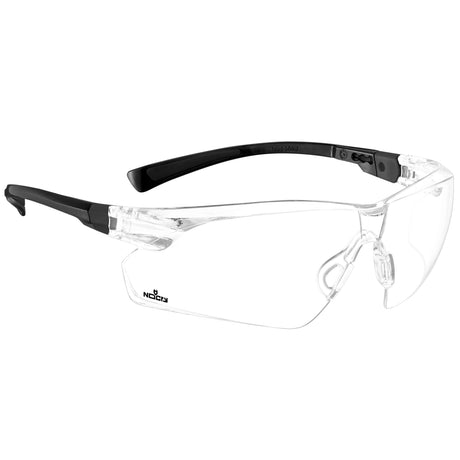



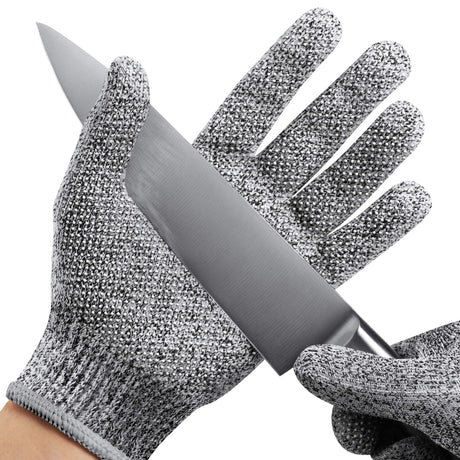
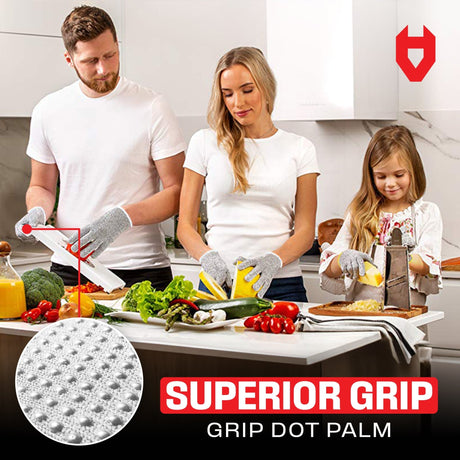

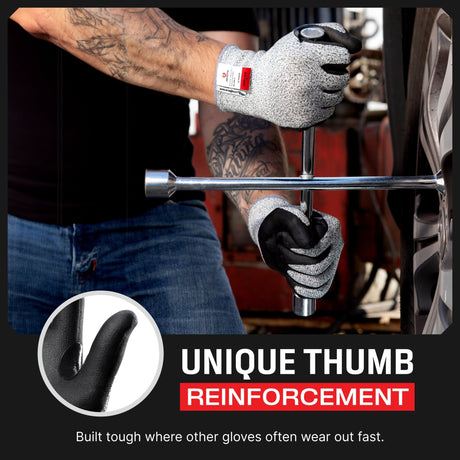

1 comment
Great info as always!